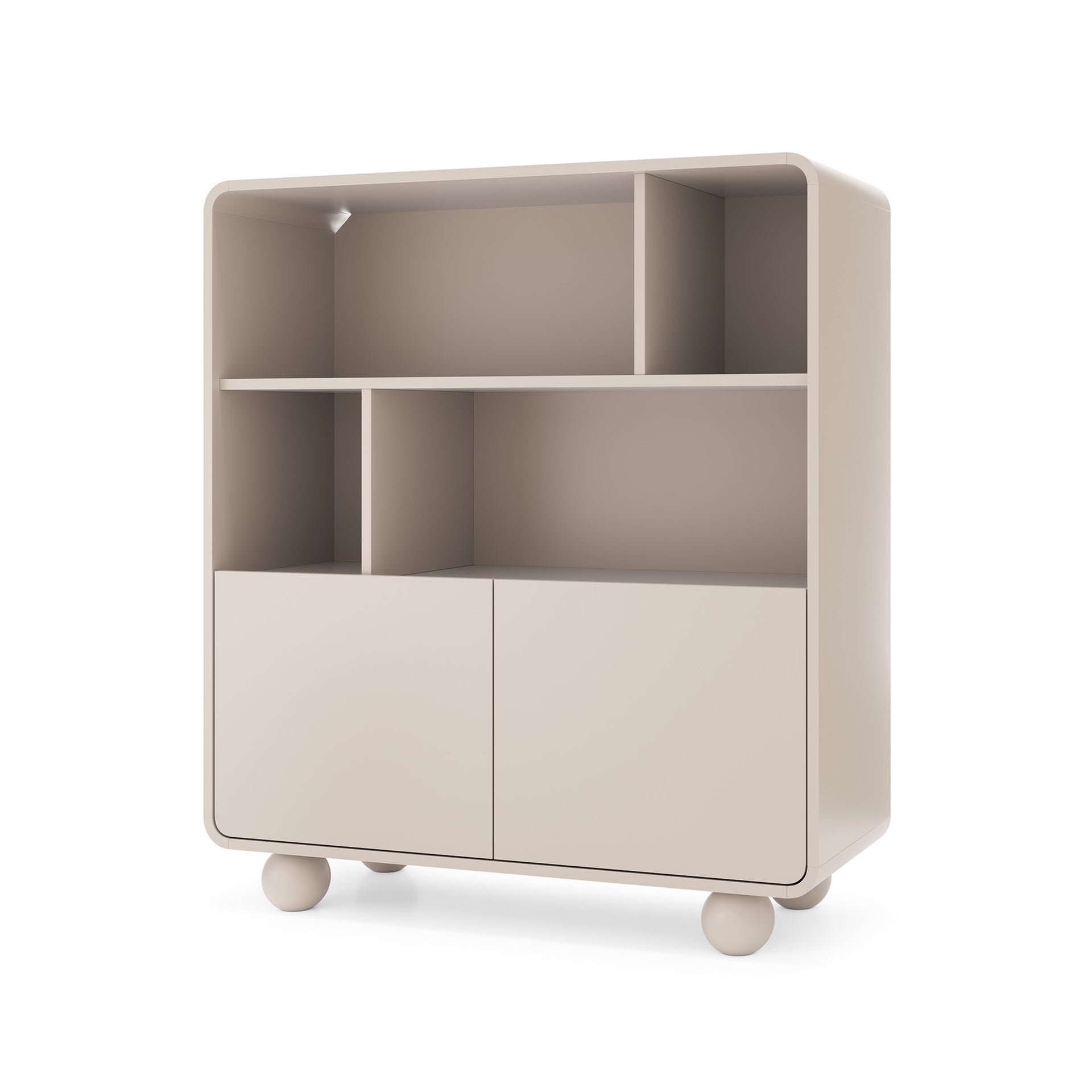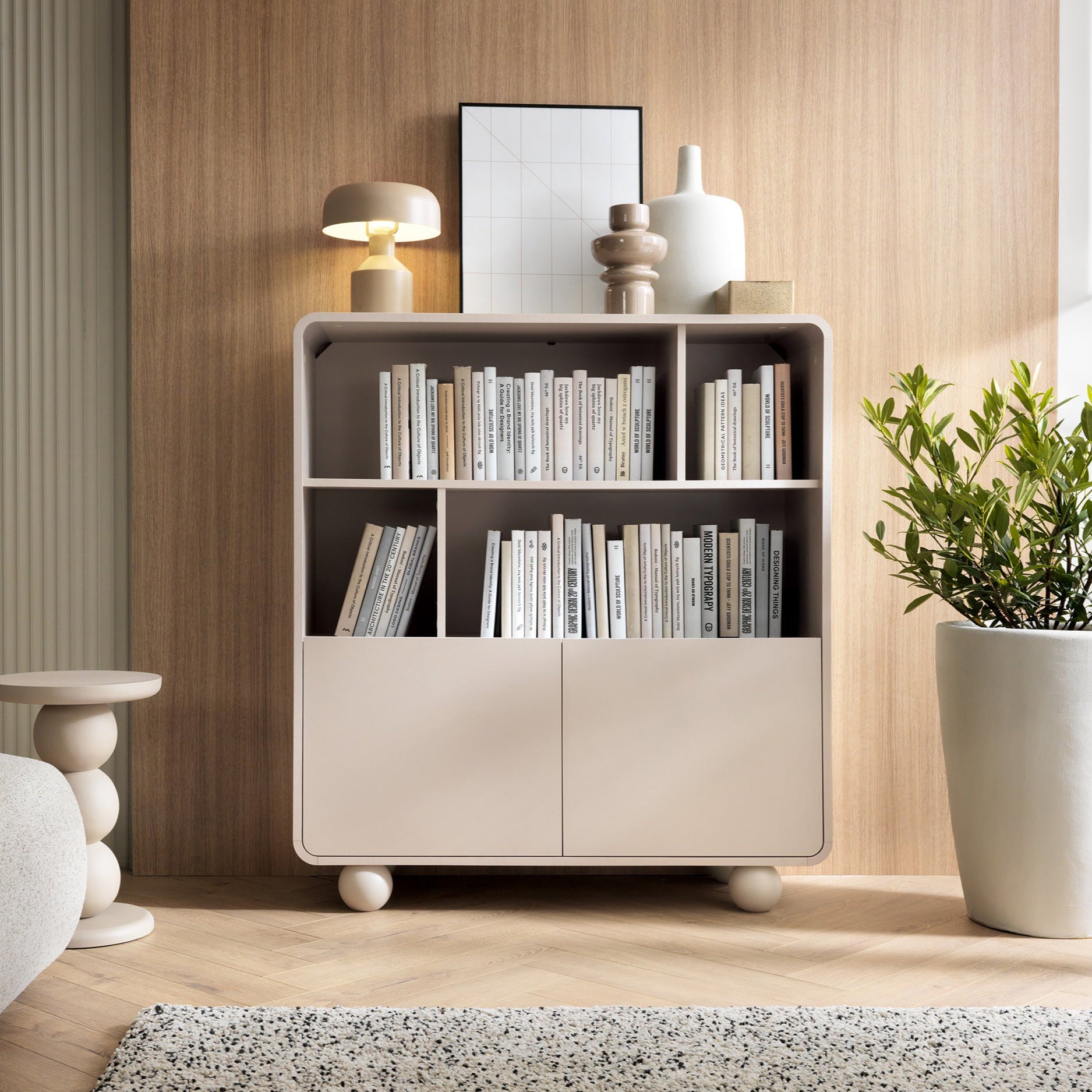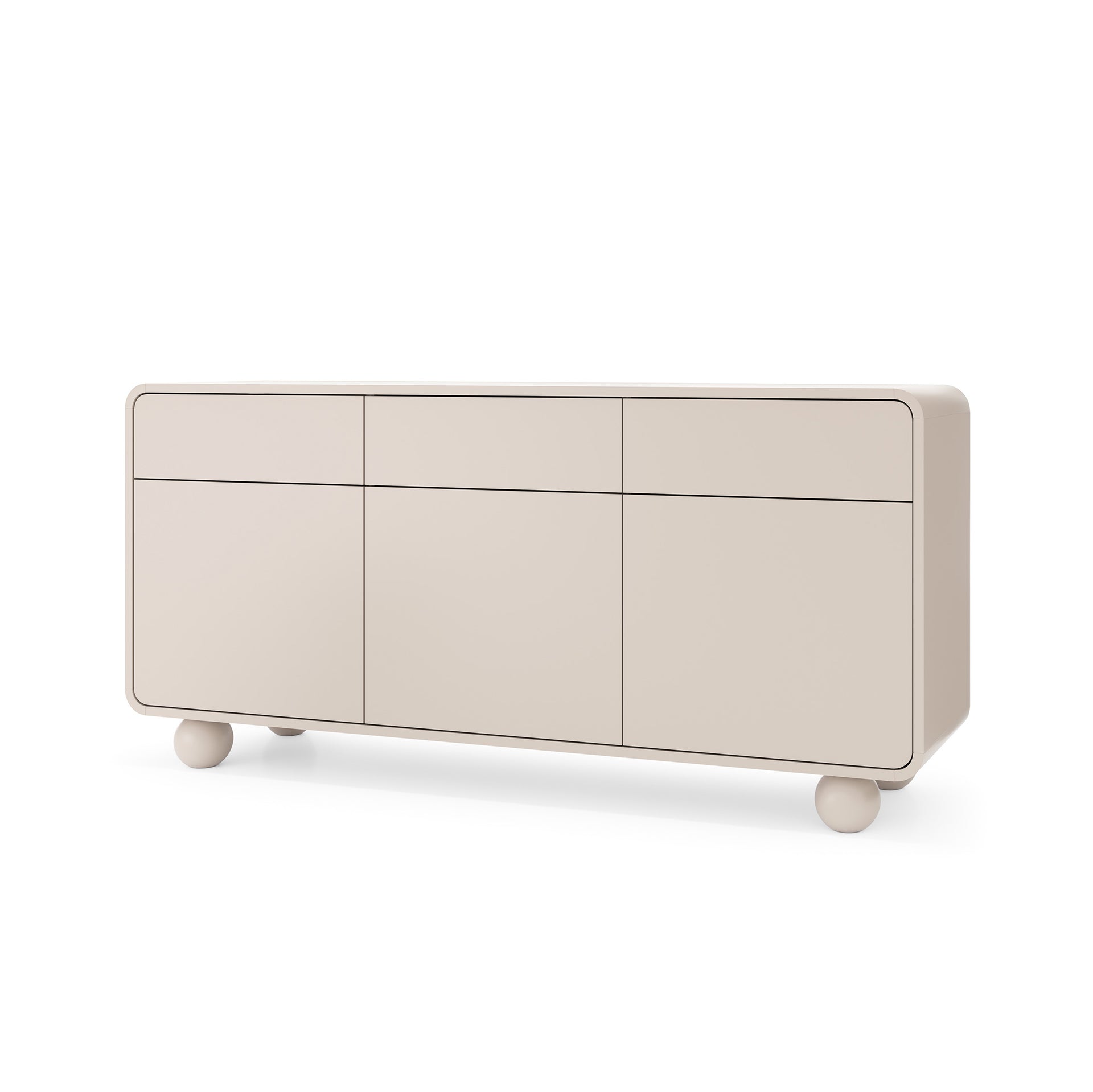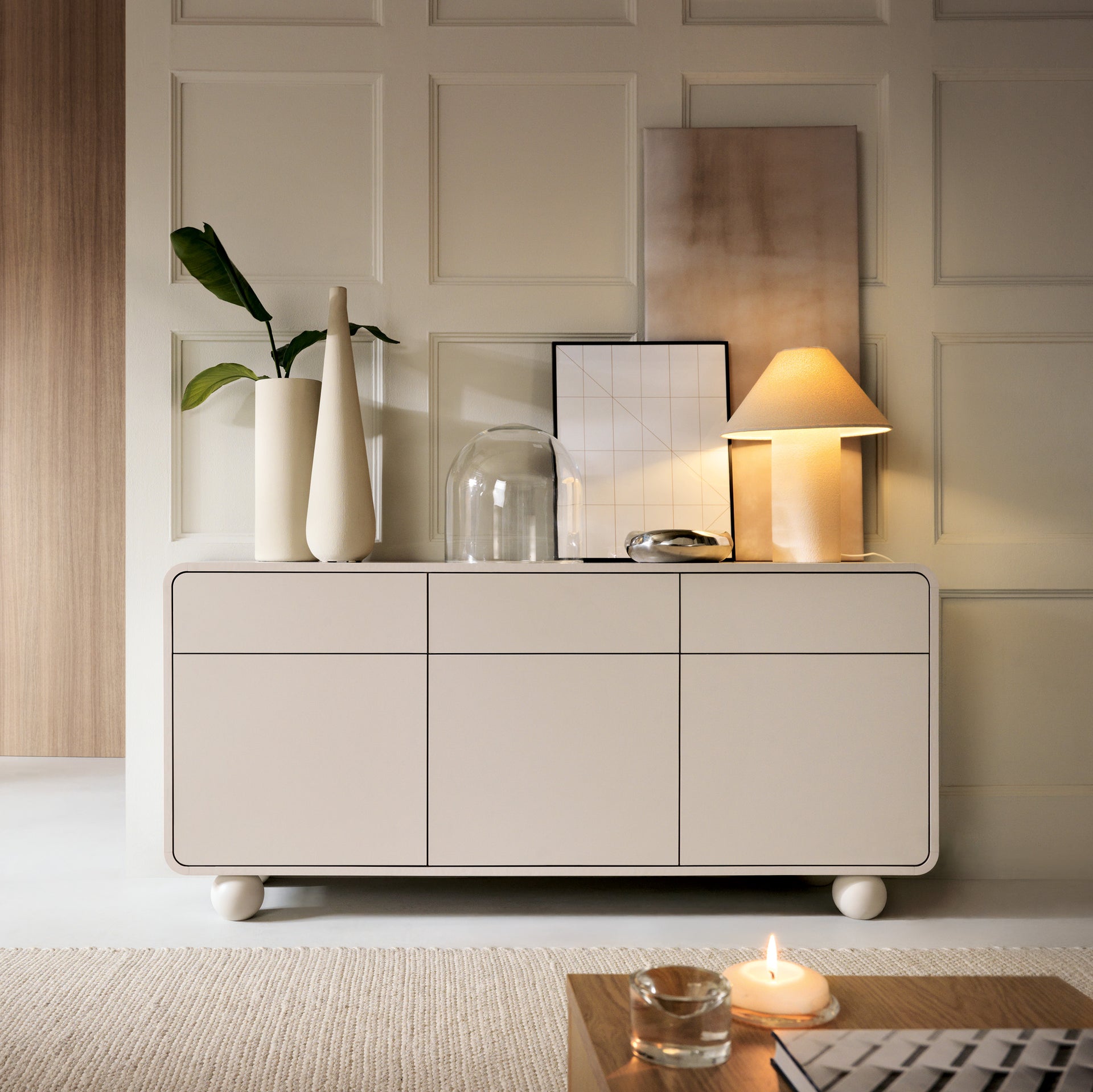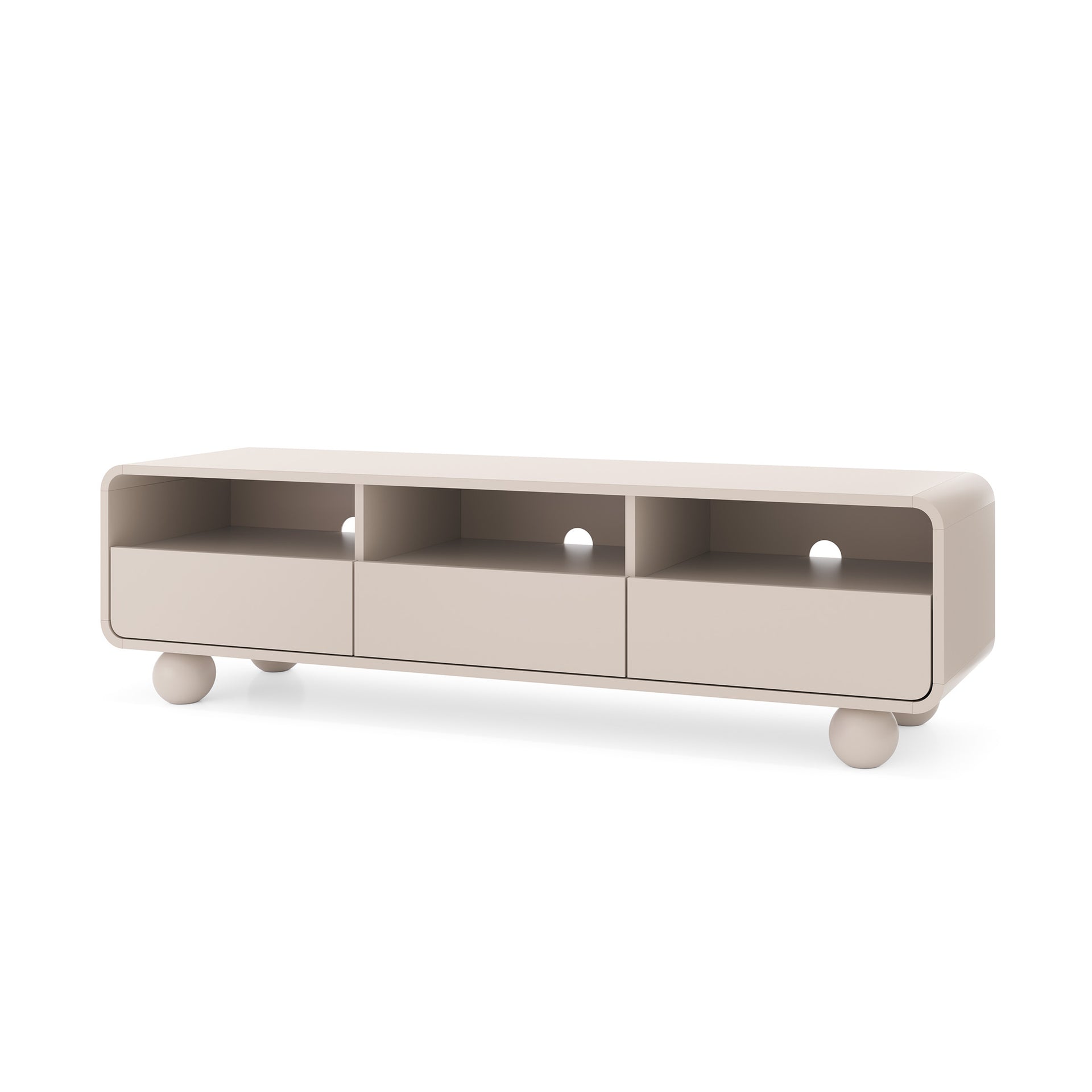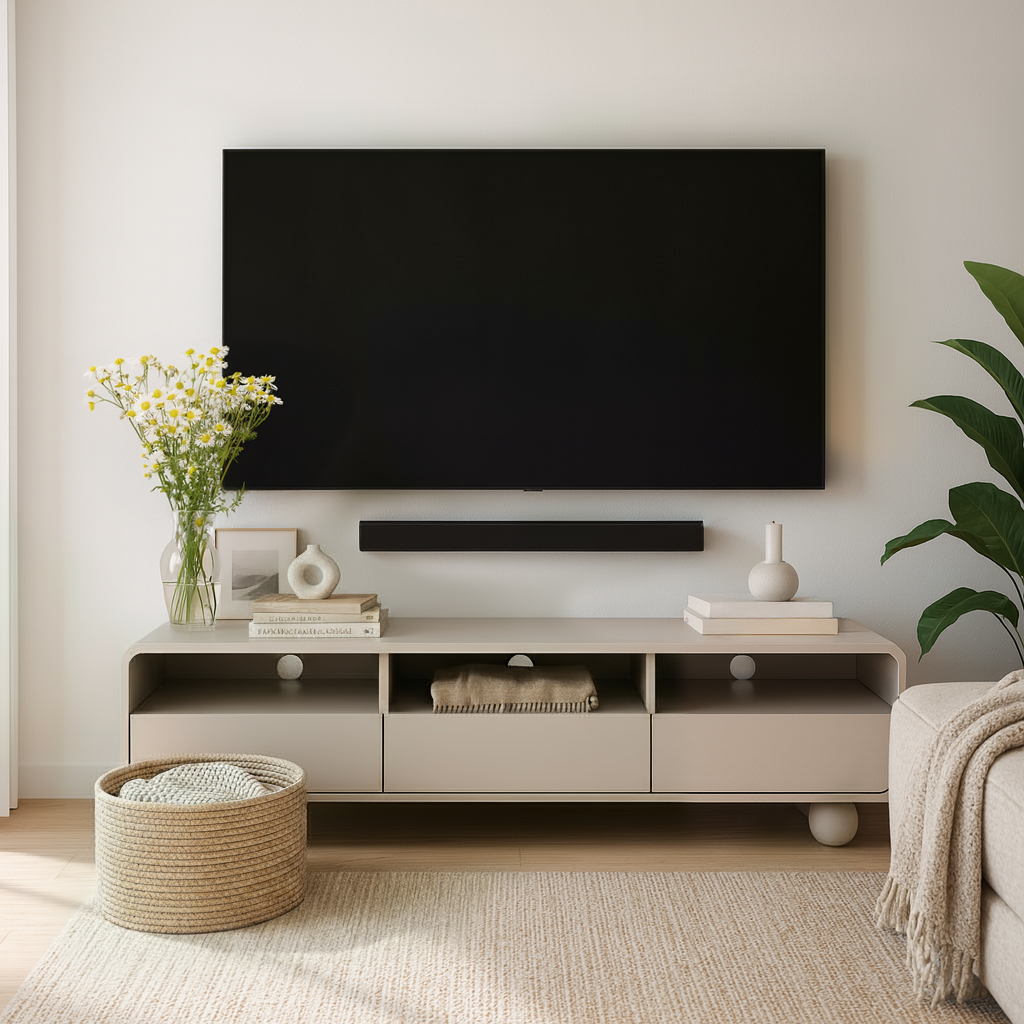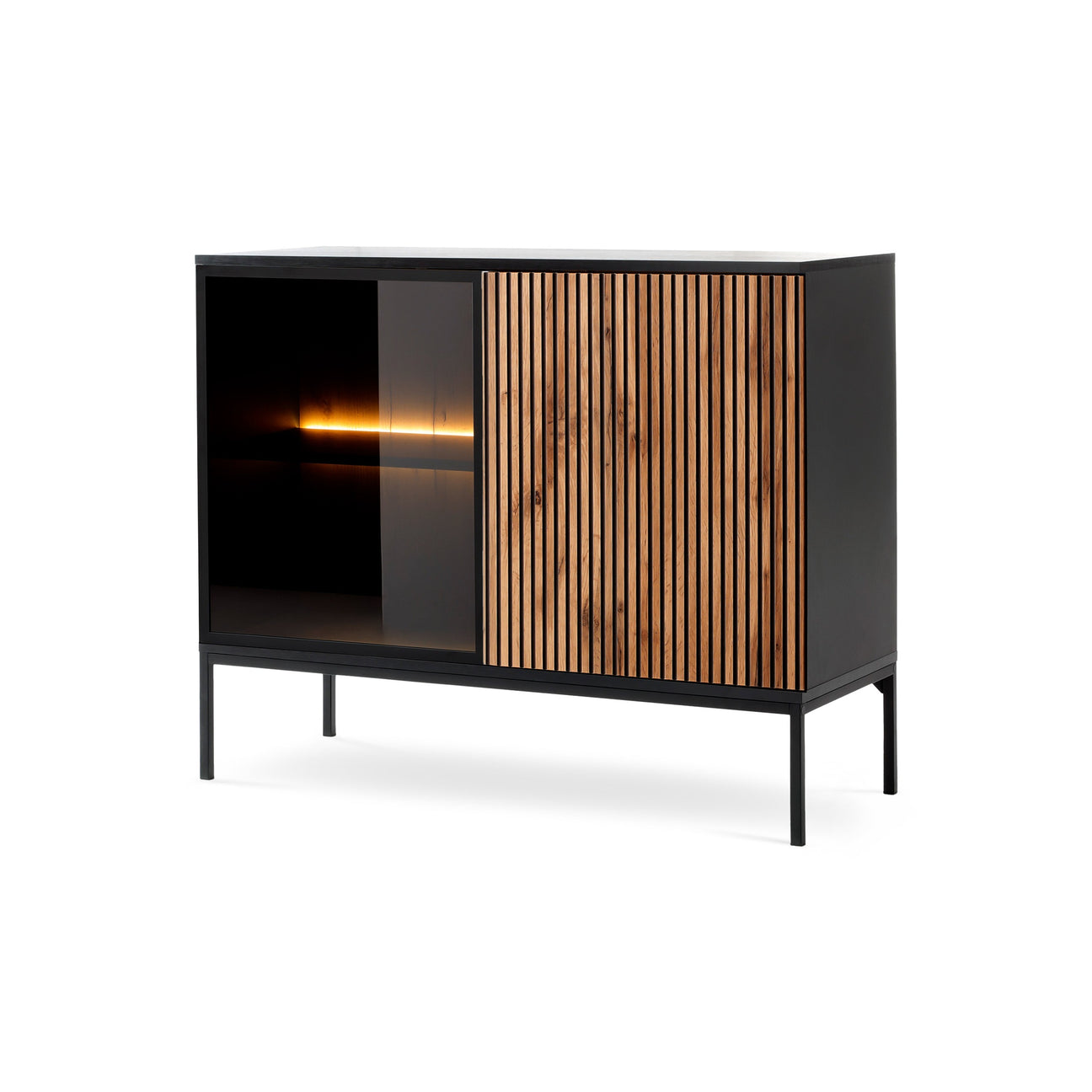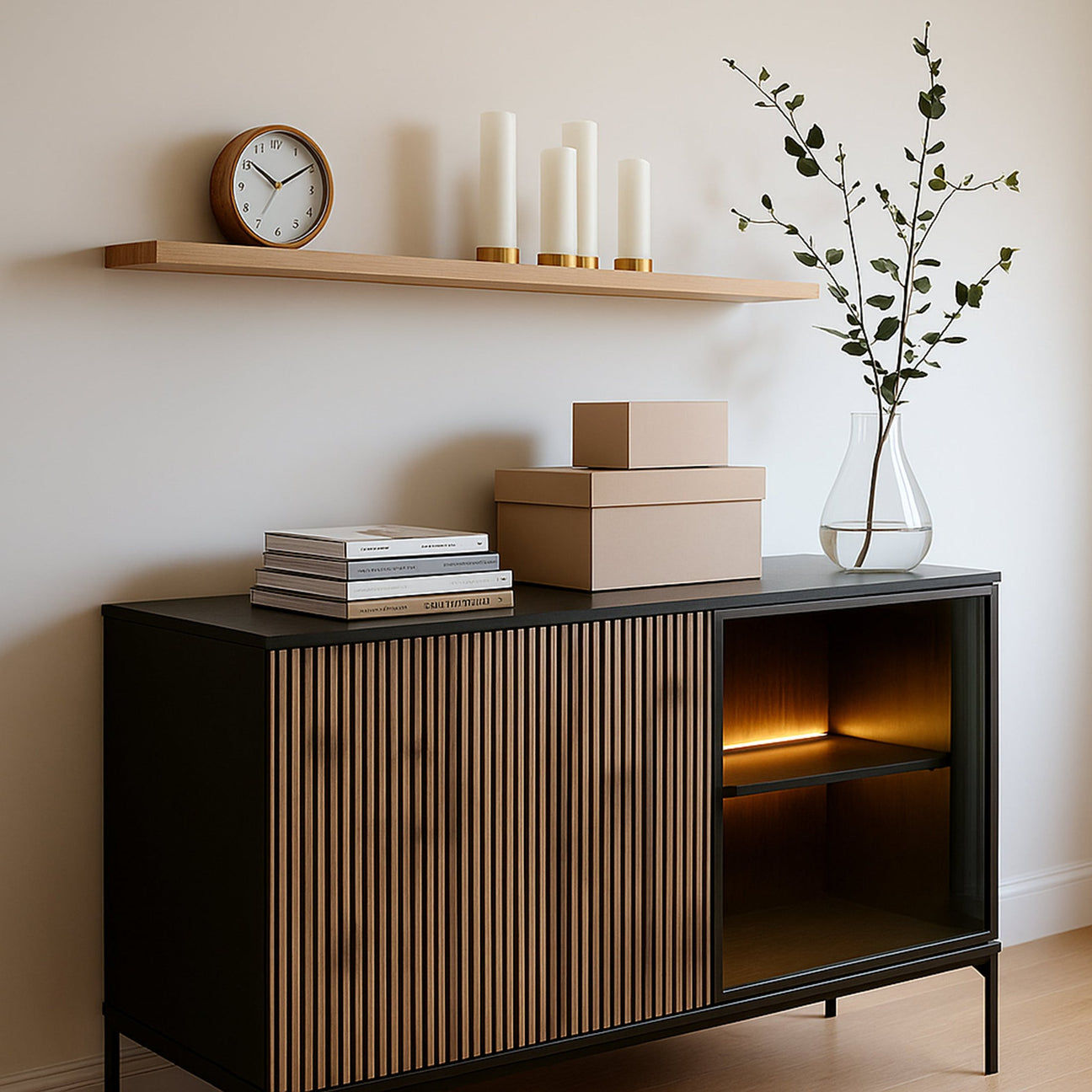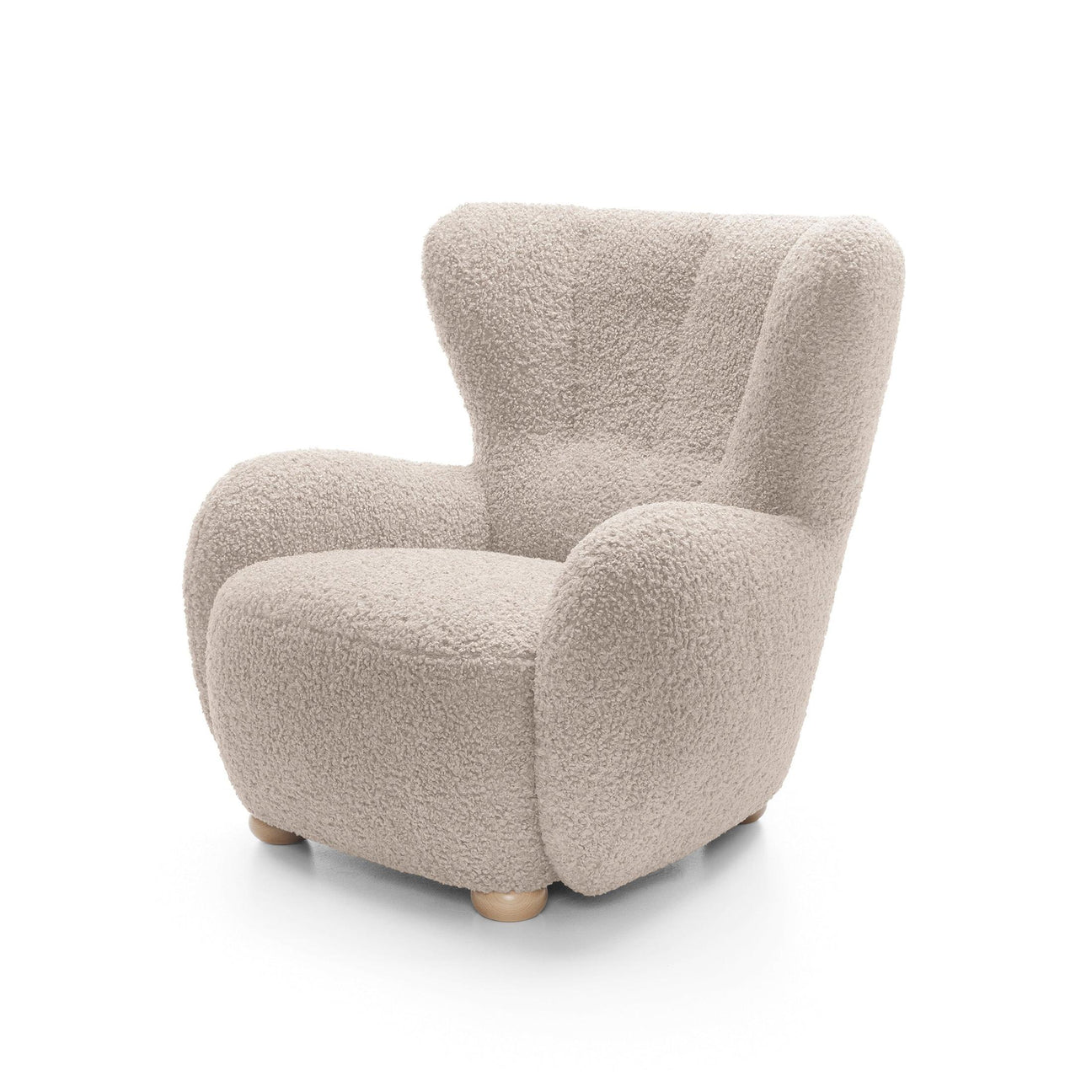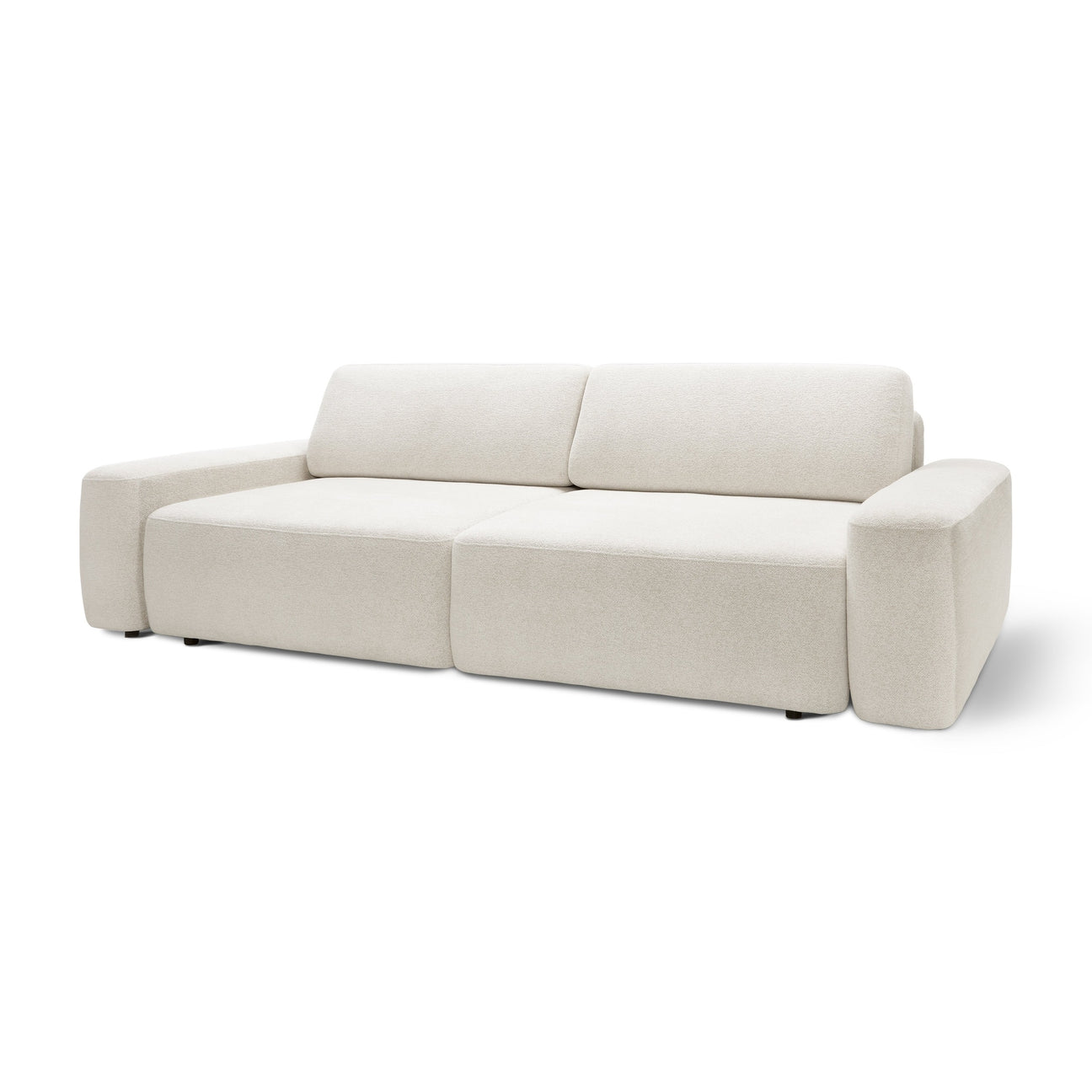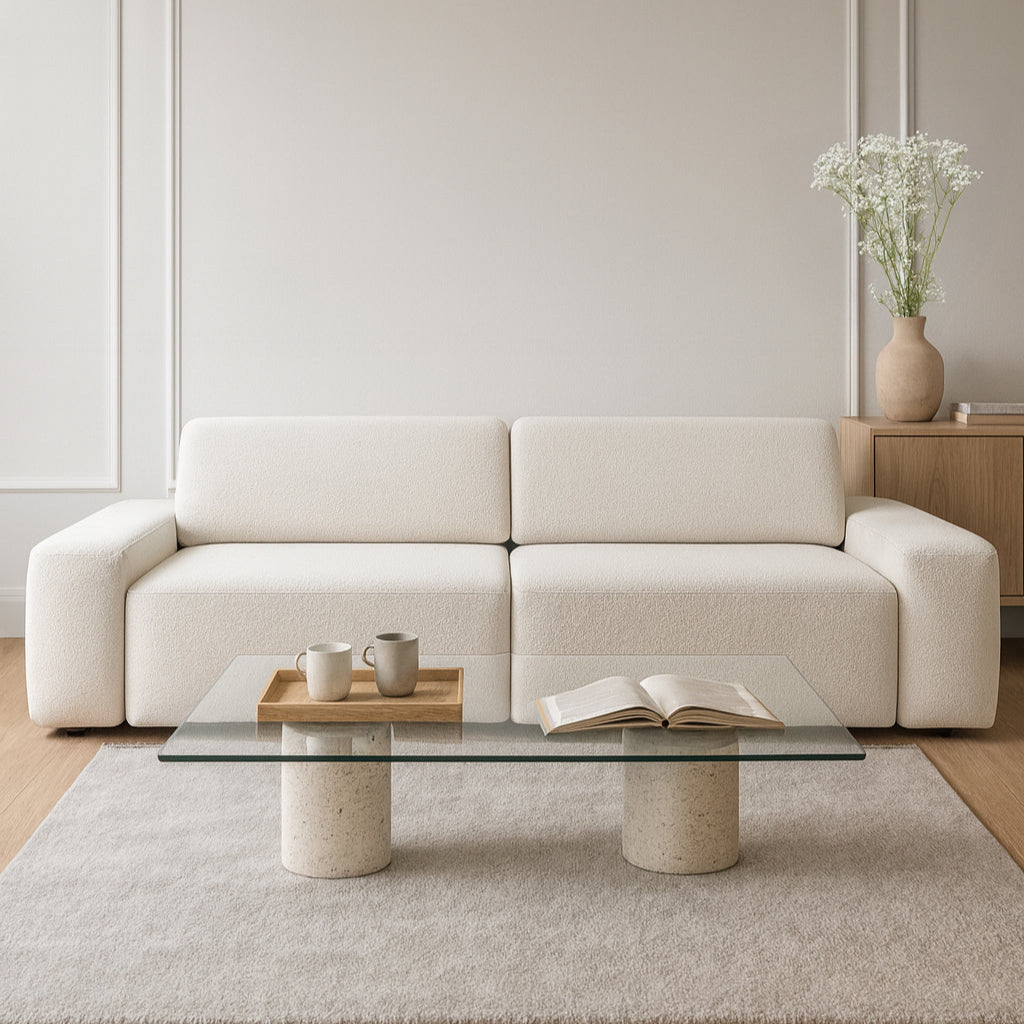Remember that moment when you first got the keys to your own apartment? You stood in empty rooms, surrounded by the echoes of your own footsteps, your head full of dreams of the perfect home and... empty pockets after paying the deposit and the first rent? It was a feeling of overwhelm – how can you create a place from this empty box that tells your story but doesn't break the bank for years to come?
For our parents, it was simpler – furniture was bought for years, often as a set, often on installments. A wall unit from a furniture store was meant to last a decade, a refrigerator was a choice for the next fifteen. Today, we have more options, but also more temptations. Social media shows us thousands of inspirations, shops offer affordable solutions, and antique shops tempt us with unique finds. In this chaos of options, it's easy to get lost – both financially and aesthetically.
Loving the warmth of home is not only about the ability to create beautiful interiors, but also the wisdom of budgeting, which allows you to enjoy your home without financial stress. Even the most beautiful home won't be a happy one if every month reminds you of the debts incurred to furnish it.
The Evolution of Home Budgeting: From Kits to Customization
Our grandparents bought furniture to last a lifetime – sturdy, expensive, chosen once every decade. Budgeting was simple: you saved up for a trip, bought everything at once, and then just maintained and repaired it. Our parents' generation began experimenting with installment plans, leasing, and furnishing loans. This was the era of the first furniture supermarkets, where you could furnish an entire apartment in a single weekend. Budgeting became more complex, but still predictable. We are the first generation able to furnish an apartment in stages, mixing different styles, sources, and budgets. We can buy a sofa from a big-box store, a coffee table from a flea market, a designer lamp, or make our own paintings. This gives us incredible freedom, but it also requires a new approach to financial planning. Today's twenty- and thirty-somethings often furnish their first apartment on a limited budget, but with limitless aesthetic ambitions. This is a generation that knows that beautiful interiors don't have to cost a fortune, but also understands that certain investments pay off.
Anatomy of a Budget: From Dreams to Reality
The first rule of wisely budgeting for home furnishings is: start with numbers, not dreams. How much can you actually spend on furniture without getting into financial trouble?
-
The 10-15% rule – financial experts suggest that a maximum of 10-15% of an apartment's value should be allocated to furnishing. If the apartment costs 400,000 PLN, the furnishing budget should not exceed 40,000-60,000 PLN. This may seem like a lot or not much – depending on your perspective.
-
The monthly budget principle – it may be more practical to think in terms of monthly income. A safe bet is to allocate an amount equal to 2-3 months' net salary for furniture. This allows for reasonable furnishing without going into debt.
But remember: this isn't a sprint, it's a marathon. You don't have to furnish your entire apartment at once. It's better to live in a partially furnished, but well-thought-out space for a year than to spend years paying off debt on furniture you bought in a hurry.

Different scenarios, different strategies
Remember, your life situation is unique, so your budgeting strategy should be unique to you.
Perhaps you're a student or a young person in their first job? Your budget is limited, but you have the time and energy to explore. A smart shopping strategy : chain stores as the foundation, flea markets as a source of character, and DIY projects as a way to personalize. Budget: 70% chain stores, 20% secondhand and antique items, 10% materials for DIY projects.
Or perhaps you're a couple planning a life together? You have a dual budget, but also dual needs and often differing tastes. A quality compromise strategy : choose fewer, but better things. Invest in large pieces (sofa, bed, table), and save on accessories that are easy to replace. Budget: 60% long-term investments, 40% flexible items.
Perhaps you're a family with children? Functionality and safety are priorities, but you don't want to sacrifice aesthetics. A strategy of practical elegance – choose furniture that's resistant to damage yet attractive, and invest in items that will last through the various stages of your child's development. Budget: 50% for durable and multifunctional furniture, 30% for storage solutions, and 20% for easily interchangeable elements.
Or perhaps you have a higher income but also higher expectations? The curator's strategy : buy less, but better. Each element should be well-thought-out, high-quality, and fit the long-term vision of the interior. Budget: 80% for key, high-quality elements, 20% for experimentation and seasonal changes.
Priorities vs. Desires: What to Buy First?
Smart budgeting is the ability to distinguish between what you need now and what you dream of. The hierarchy of needs when furnishing your home should look something like this:
Level 1 – Absolute Basics (40-50% of budget):
-
Bed and mattress (you spend a third of your life here)
-
One seating surface (sofa, corner sofa, chairs)
-
A table for eating (can be small, maybe foldable)
-
Basic storage (wardrobe, shelves)
-
Basic lighting
Level 2 – Comfort and functionality (30-35% of the budget):
-
Additional seats
-
Desk/work space
-
Better lighting (lamps, mood lighting)
-
Textiles (carpets, curtains, pillows)
-
Increased storage capacity
Level 3 – Aesthetics and Personalization (15-25% of budget):
-
Works of art and decorations
-
Plants and pots
-
Modernization of Level 1 elements
-
Distinguishing elements
-
Seasonal decorations
This hierarchy doesn't mean you have to buy everything in Level 1 before moving on to Level 2. But it does mean that if you have a choice between a beautiful lamp for 2,000 PLN or a decent bed for 2,000 PLN, and you sleep on a mattress on the floor, the priority is obvious.

Pop Culture Budgeting Lessons
Pop culture has taught us many things about home decorating, but they weren't always good financial lessons. American TV shows depicted apartments that cost a fortune but seemed attainable. "Friends," on the other hand, presented a more realistic picture – young adults with varying budgets, different styles, and often improvised solutions.
The Marie Kondo Effect has taught us that sometimes less is more—that it's better to have fewer things, but things we truly love and use. It's a revolution in thinking about budgeting—instead of buying a lot of cheap things, buy a few good things.
Social media shows us beautiful interiors, but often doesn't reveal prices. It's important to remember that these perfect photos are often the result of years of work, significant budgets, and professional styling. Your apartment doesn't have to look like something from a magazine—it should look like your home.
The tiny house movement and minimalist living are trends that can be budget-friendly – they show that home happiness doesn't depend on the quantity of things or the size of your budget, but on thought and intention.
Eco-budgeting: Giving things a second life
Eco-friendliness in furniture renovation advice isn't just an environmental statement, but also a financial strategy. Buying used items, renovating, and transforming them can dramatically reduce the cost of furnishing your home while also providing you with unique pieces full of character.
Flea markets and thrift stores can be a treasure trove, but they require time, patience, and a keen eye. Budget not only money but also the time to search. A single weekend spent at a thrift store can yield finds worth months of saving for new furniture.
Family heirlooms are often overlooked because they're associated with a lack of personalization. But a grandma's dresser, after renovation, can be both a sentimental center of attention and a significant savings. Don't automatically dismiss family furniture—consider how it might look after a facelift.
DIY projects can stretch your budget, but an honest assessment of your skills is crucial. Painting furniture is a sensible DIY project. Upholstering complex furniture is often best left to the professionals, as a botched job can cost more than a professional service from scratch.

Budget Mistakes: What to Avoid
-
Impulsive shopping during sales – sales can be fantastic deals, but they can also be dangerous traps. Just because something is 50% off doesn't mean you need it now. Unless it's something on your priority list, it's best to skip it.
-
Buying complete sets when you don't need everything – retailers love to sell living room sets, but you rarely need everything at once. It's better to buy a fantastic sofa now and add matching pieces later than to buy a mediocre set now.
-
Ignoring delivery and assembly costs – That cheap wardrobe might not be as cheap as you think if you have to pay for delivery, assembly, and any returns if something doesn't fit.
-
Incorrect measurements – returning furniture costs time, money, and emotional energy. Measure twice, buy once is a cliché, but it's true.
-
Forgetting about hidden costs – installation tools, floor protectors, cleaning products for maintenance, and potential repairs. These small costs add up.
Phased approach: a strategy of small steps
One of the best budgeting strategies is a conscious, phased approach. Instead of trying to create the perfect home immediately, build it thoughtfully over time.
-
Stage 1 (0-6 months): Basics + One Pretty Thing
Buy the essentials in reasonable quality, but allow yourself one item to be your focal point—something that instantly makes the space feel like home. This could be a beautiful rug, a nice lamp, or a comfortable armchair.
-
Stage 2 (6-18 months): Modernization + personalization
Replace some basic items with better versions, add personal touches, invest in better lighting, introduce plants, art, textiles.
-
Stage 3 (18+ months): Sophistication + Distinctive Features
Add refined touches, upgrade the remaining basics, invest in pieces that will last for the long term.
This approach allows you to enjoy your home through each stage, figure out what you really need versus what you thought you would need, and avoid overwhelming debt.

Long-term investments versus temporary replacements
Budgeting wisely means knowing when to spend money and when to save it. Some things are worth buying right away, but others may be temporary fixes.
It is worth investing in quality:
-
Mattress (affects sleep, health, energy)
-
Main seat (sofa/corner sofa – used daily, expensive to replace)
-
A chair for work if you work from home
-
Kitchen appliances used every day
-
Window coverings (affect comfort and energy costs)
You can buy cheap temporarily:
-
Side tables (easy to upgrade later)
-
Lamps (affordable to replace)
-
Decorative items
-
Seasonal textiles
-
Storage solutions (may change as space is organized)
The key is being honest with yourself about what the temporary solution is and planning for eventual upgrades, as opposed to convincing yourself that a cheap version will be sufficient long-term when it won't.
A place where smart planning meets heart
Finally, the most important truth about budgeting for home decor: a home isn't built on money, but on love, attention, and time. You can have an unlimited budget and create a cold, uninviting space. You can have a tight budget and create a place full of warmth, personality, and joy.
Loving the warmth of home means understanding that the process of creating a home is just as important as the final result. Those months spent planning, shopping, and arranging are all part of building your relationship with your space. These compromises between dreams and budget are lessons in life's balance.
Remember that the most beautiful homes evolve over time. They are cultivated, not purchased. Every piece has a story—where you found it, why you chose it, how it fits into your life. These stories are far more valuable than the price tag.
How to budget for furnishing an entire apartment? Start with a realistic assessment of your finances. Set priorities based on your real life, not magazine photos. Be patient with the process. Invest in quality where it counts. Have fun searching and choosing. And remember, the perfect home doesn't exist—only the perfect home for you, at this stage of your life, with this budget, and with these dreams.
And don't forget that many of the products mentioned here are waiting for you at Pillovely, a place where you can create a beautiful space on any budget. Because every home can tell a unique story, and love for a place doesn't depend on the amount spent, but on the intention and care put into its creation.


